When the web series Run BTS launched on Korean streaming service V Live in 2015, the seven members of the South Korean pop band made lofty promises about what fans could expect from the variety show. “It’s going to be hilarious,” J-Hope pledges in the series’ inaugural episode. “I hope you can enjoy it when you feel sad,” Suga tells the camera. The series, which is on hiatus after running for six years and more than 150 episodes, has made good on those promises.
Run BTS primarily consists of the members of BTS playing various games for reward or punishment, a premise that shines thanks to the stars’ chemistry and the show’s editing style. While the installments tend to skew gloriously silly, some of Run BTS’ best episodes include heartfelt moments and serious reflection. Plus, there’s competitive betrayal that makes for genuinely impressive plot twists.
If you’re looking to laugh, there are Run BTS episodes that fit the bill. If you’re more interested in insight into BTS’ musical ability, there are episodes for that. If you’d just like to see the seven band members get drenched, there are episodes that deliver.
From cooking to sports to time travel, here are nine episodes that encompass much of what Run BTS has to offer. (All are available to watch for free on V Live.)
“Taste of Korea” (Episode 20)
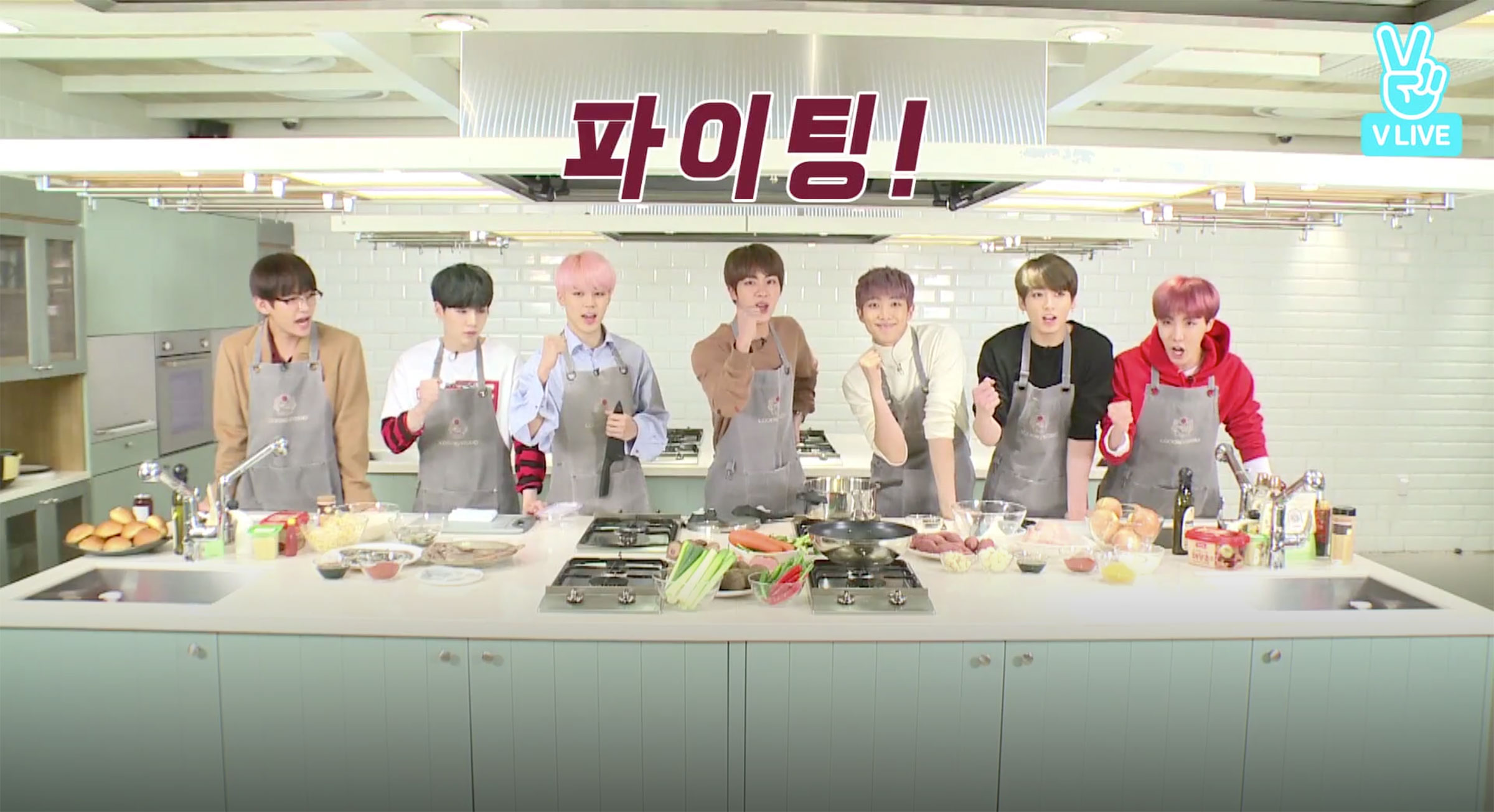
Run BTS’ cooking competitions get more complex as the series progresses, but there is a simple enthusiasm to its first culinary-themed episode that made it an instant series classic. With Jin acting as MC, “Taste of Korea” divides the remaining band members into two teams and gives them one hour to create a menu for Jin to judge. As one might expect from a group of seven young men whose adolescence was devoted to rigorous music and performance practice, not all the members of BTS can cook. While Jin, Suga, and Jungkook are skilled in the kitchen, J-Hope and Jimin are only able to follow basic recipes. V and RM, meanwhile, are a potential danger to themselves and others.
Lack of culinary prowess isn’t a problem. Much of the entertainment of a Korean variety-show format comes from putting celebrities outside of their comfort zones and allowing them to laugh at themselves and each other. Plus, “Taste of Korea” demonstrates how good the band members are at identifying and accepting each others’ strengths and weaknesses—a skillset that has been instrumental to their group success on the stage and in the recording studio.
Watch it here
“The Variety Show of Memories” (Episodes 30-31)
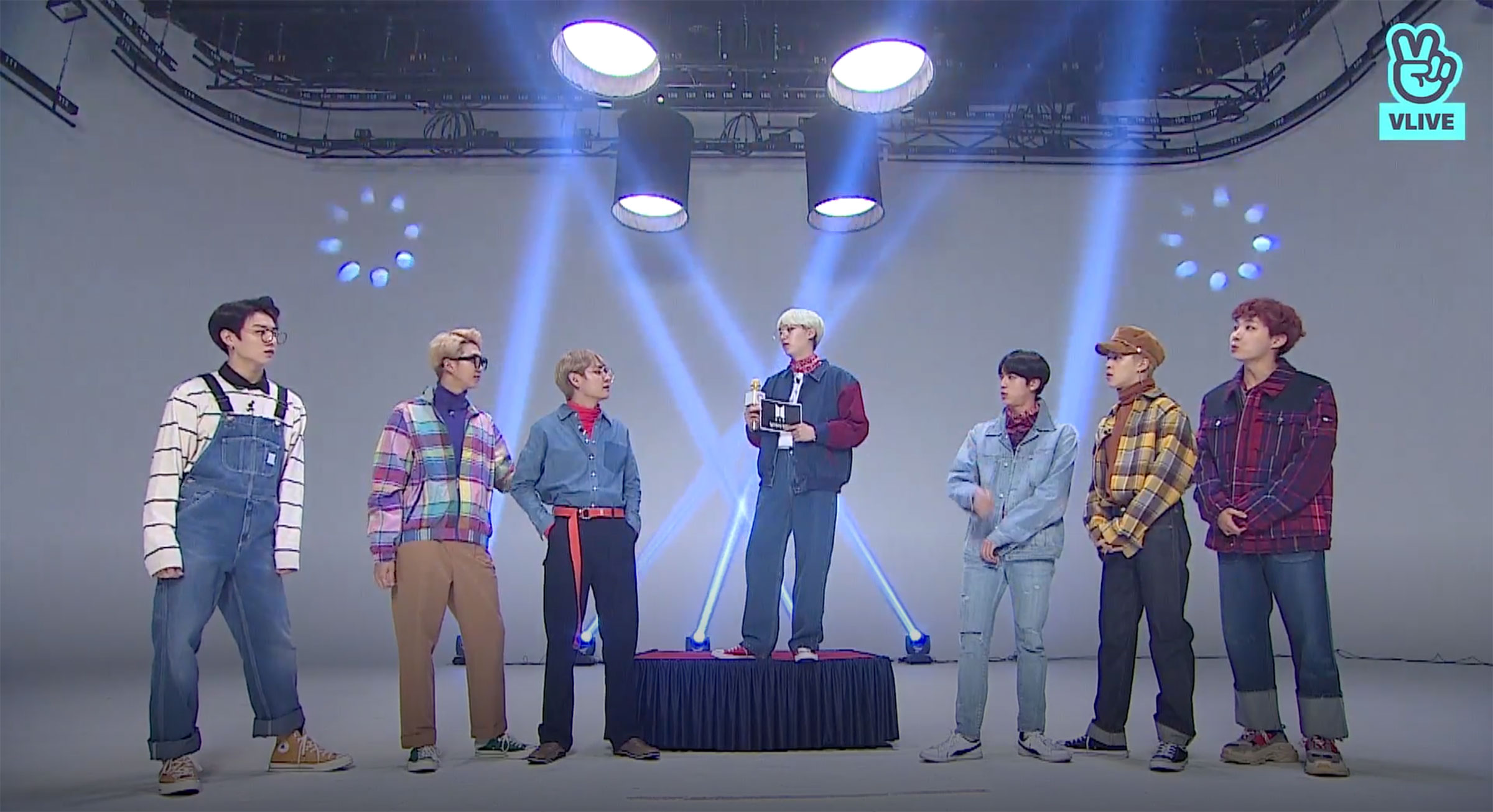
“The Variety Show of Memories” structures an entire episode around BTS playing Korean variety-show games from the naughts, while wearing “retro-style” outfits. The result is a laugh-out-loud funny episode that gives viewers a crash course in the variety-show tradition, while allowing Suga a chance to demonstrate his skills as an MC. A particular highlight arrives in the final game of the episodes, which sees the members napping for 30 minutes before having to successfully recount and perform the lyrics of a children’s song called “A Stylish Tomato.”
Watch it here
“BTS Picnic” (Episodes 53-56)
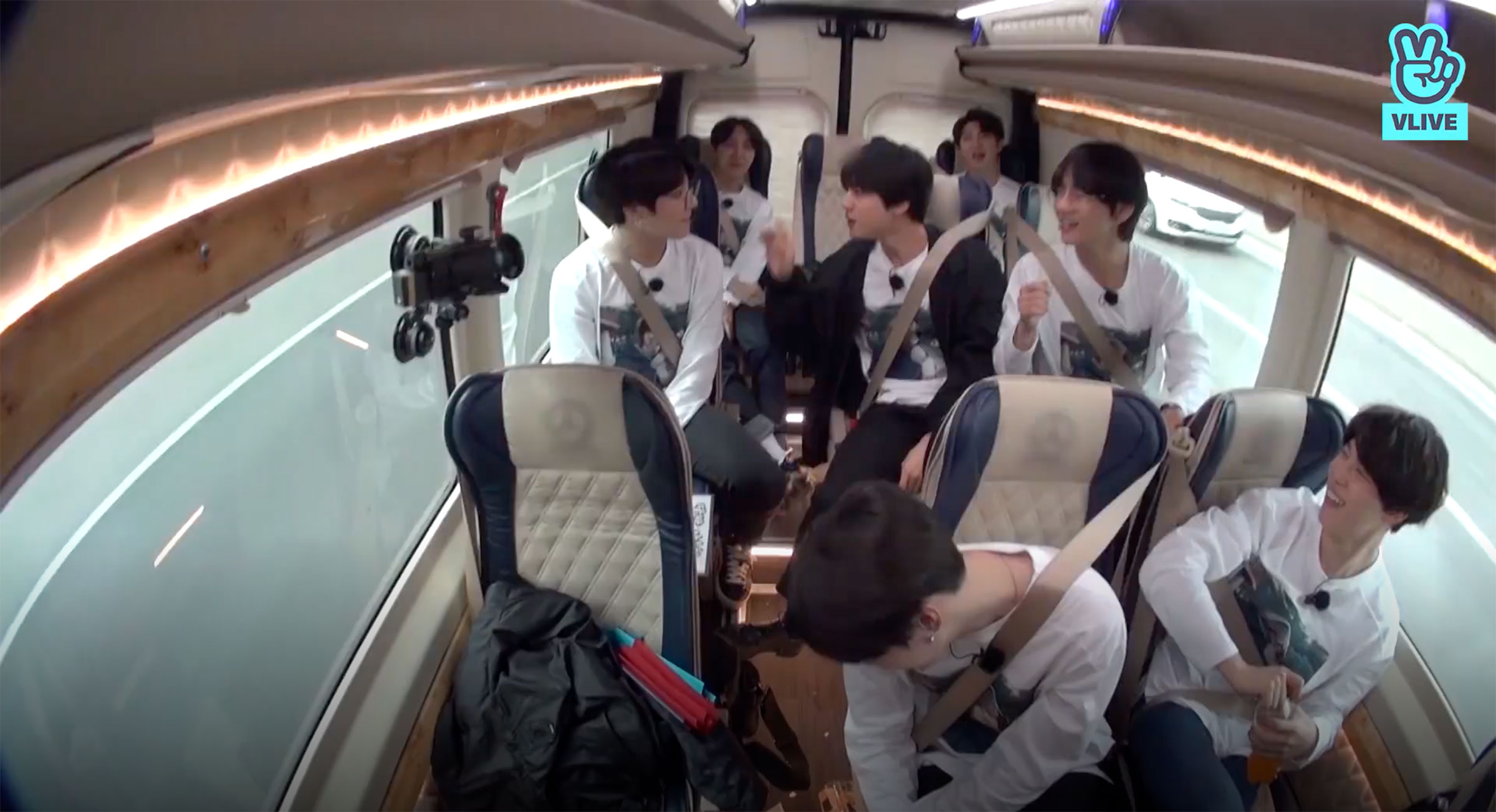
“BTS Picnic” was released after the first two seasons of BTS Bon Voyage, the group’s travel show, and has a similar structure. The four-episode arc sees the band members departing Seoul for a camping trip during which they grocery shop, sing karaoke, and play games. (“BTS Picnic” gives insight into another subgenre of the series: BTS failing at sports, including foot volleyball, which becomes a recurring, hysterically funny activity.) The arc ends with the members sharing poems they wrote for one another around a campfire, demonstrating how earnest Run BTS can be and how much these friends and co-workers depend on each other. “Though we dreamt of a high sky, it is high here, and cold, and so hard to breathe,” Suga writes in his poem. “It is true that the more light that burns upon us, the more shadows appear. What a relief, that we are seven. What a relief, that we are together.”
Watch it here
“BTS School” (Episodes 63-64)
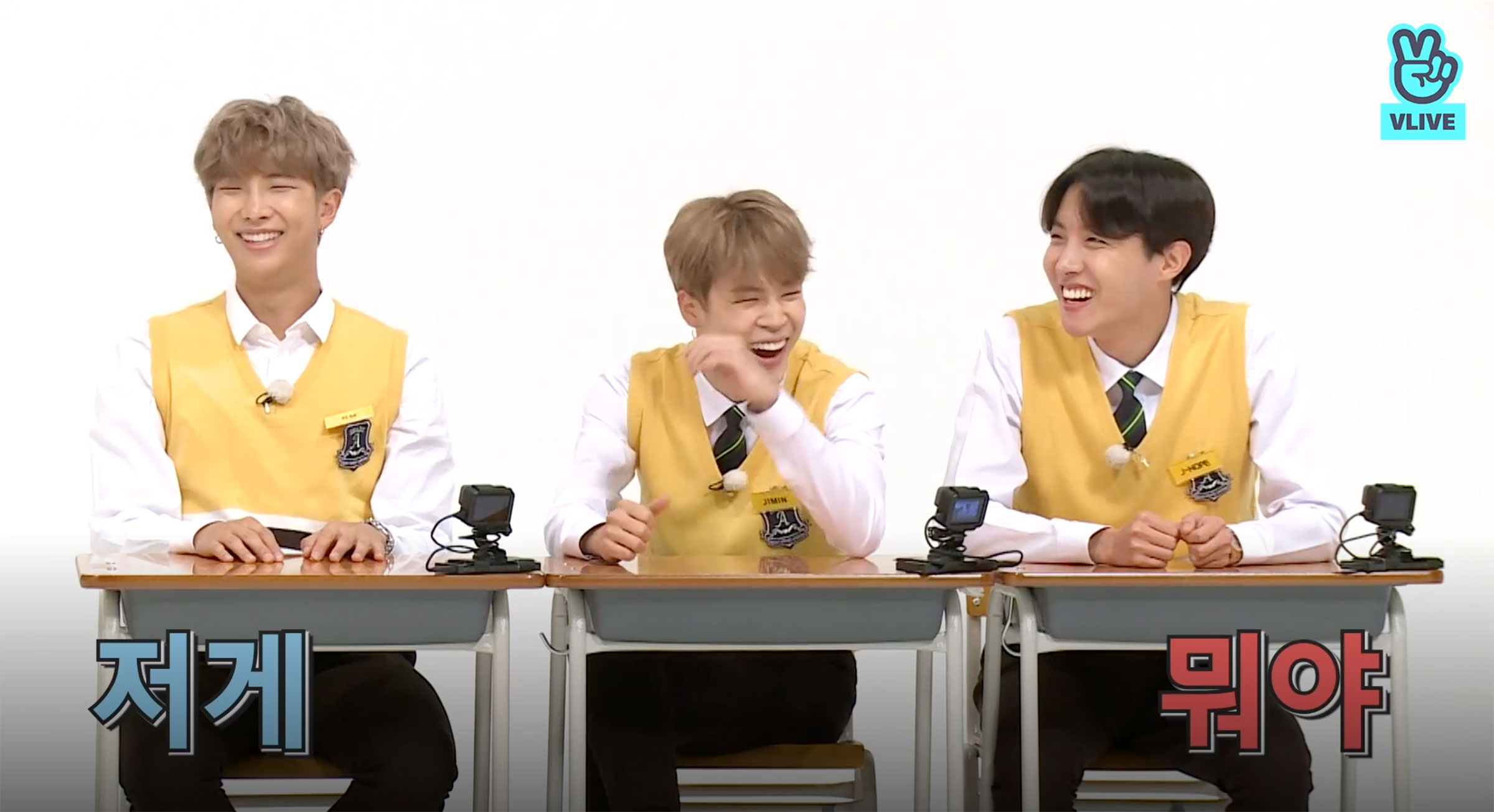
Run BTS delved into skits, a common element in Korean variety shows, heavily in its first season, before largely abandoning them in favor of other formats. While “BTS School” is not primarily a skit episode, it does have the members embracing certain roles: Suga as the exasperated teacher, and most of the other members as eager-to-please students. They vote for class president before diving into a variety of school subject-based games, with a challenge to play “Chopsticks” on handbells offering viewers a chance to see them engaging with music in a very different context than as chart-topping artists. The episode culminates in a school debate over whether or not mint chocolate chip is an acceptable ice cream flavor, during which the members get sprayed with water if they use pre-selected, “off-limits” words or phrases. “BTS School” features deceivingly complex, highly entertaining game mechanics and scenarios.
Watch it here
“Photo Challenge” (Episodes 104-106)
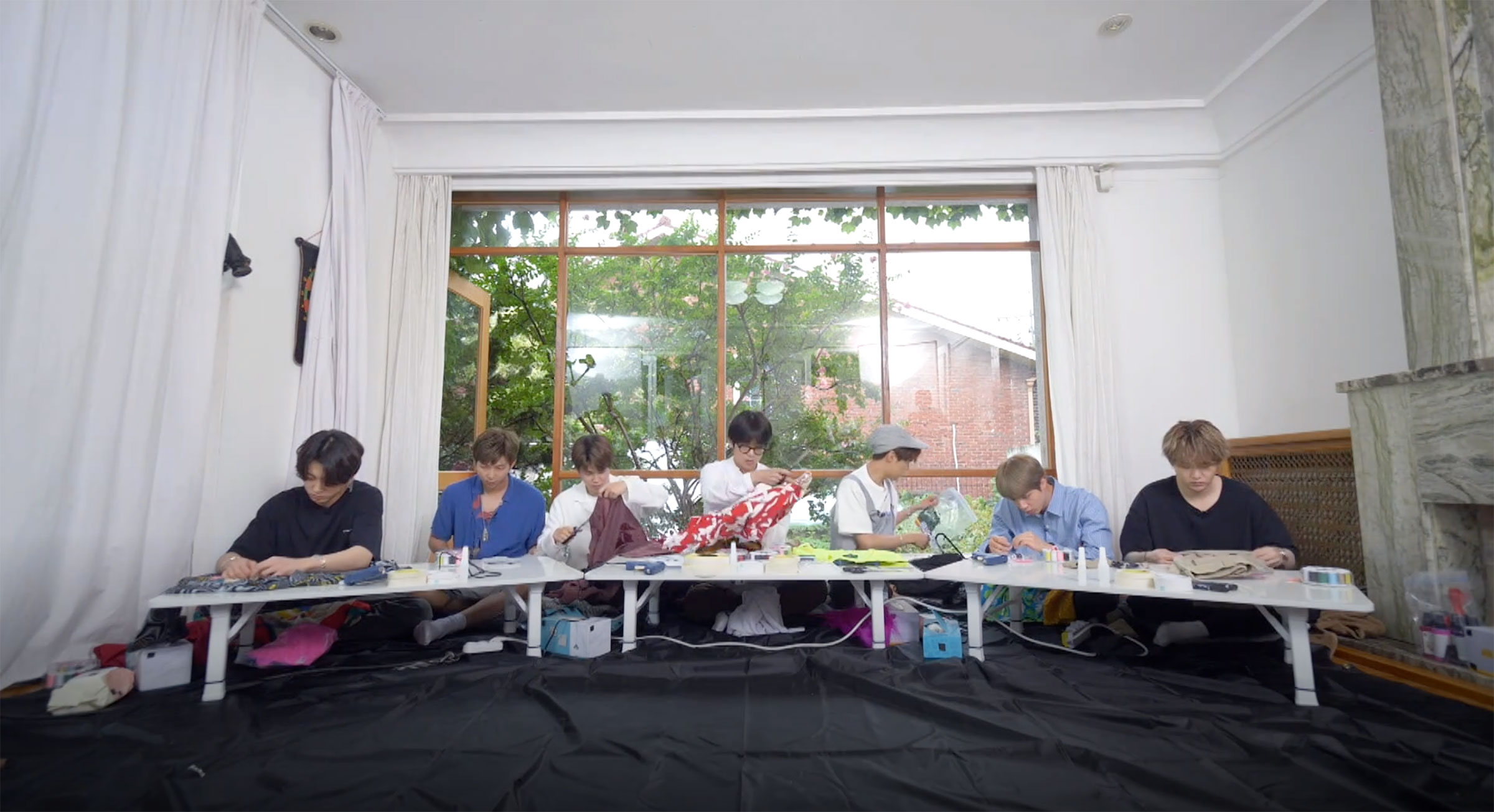
The members of BTS know their way around a photo shoot, as it’s a regular part of a star’s working life. “Photo Challenge” allows BTS to produce their own photo shoots, with the additional task of crafting a unique outfit from thrifted clothes, hot glue guns, fabric paint, and a variety of party-store accessories. It’s as if Project Runway and America’s Next Top Model decided to form a super-competition show with the members of the world’s biggest pop band as its only contestants. “Photo Challenge” also presents one of Run BTS’ most memorable rewards: a framed photo of one of the shoot’s rejected photos, an image of Jimin in a polo, looking like a student posing for a school photo. The work of art is displayed on the wall at HYBE, the company that manages BTS.
Watch it here
“Photo Story” (Episodes 118-119)
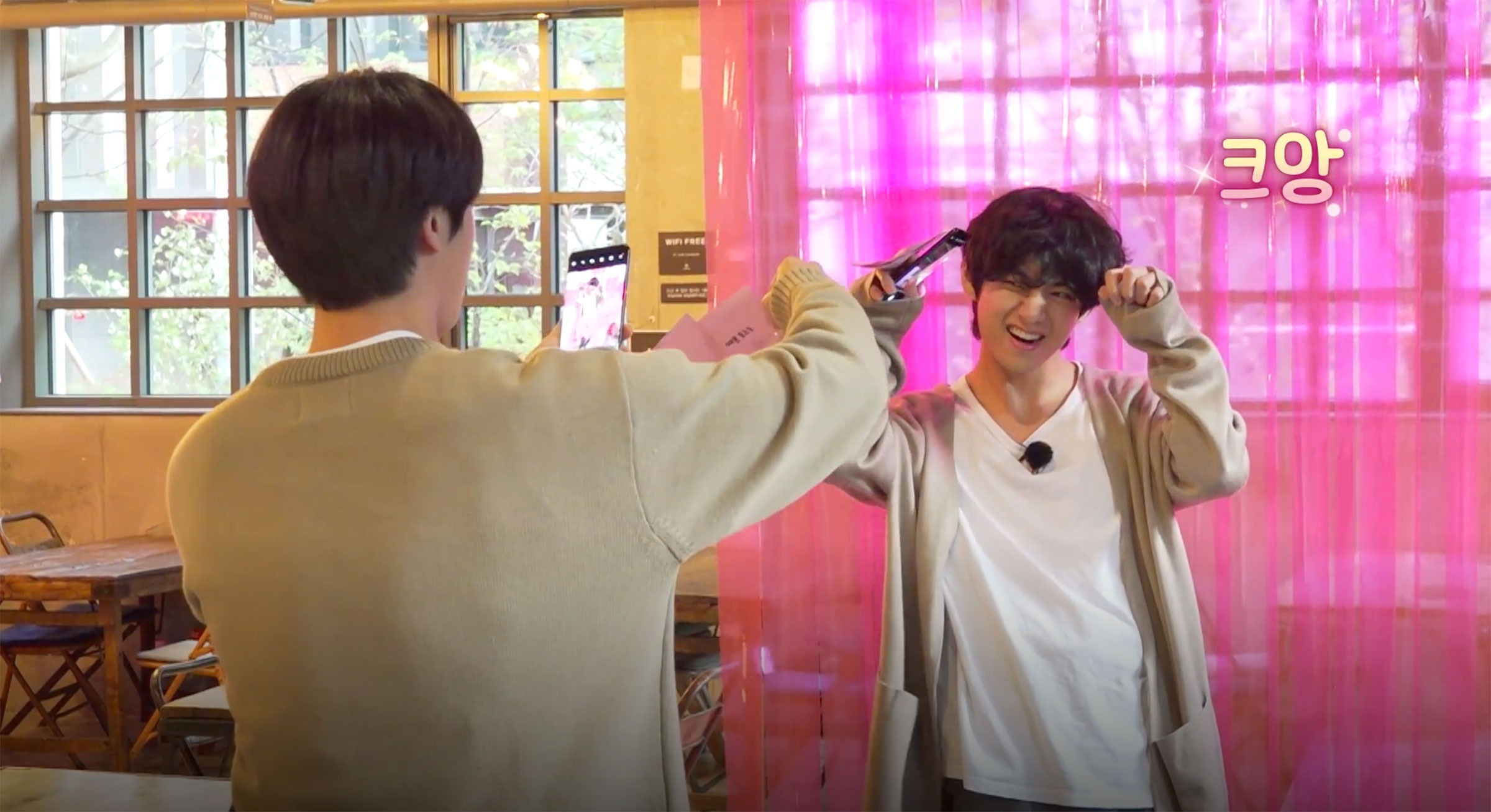
Any episode of Run BTS, no matter the subgenre, could include spycraft—more specifically, a member (or members) chosen to sabotage the game in some way, usually only revealed after the fact. “Photo Story” gives viewers one of the best spy reveals in Run BTS history. In the first episode of the two-parter, the members of BTS spend a chaotic hour running around Samsung Electronics Cafe Camptong. They’re tasked with collecting Post-It note messages to form sentences that describe various scenarios, and then taking those photos, usually with the help of other members who may or may not be inclined to pause their own mission to take a photo.
Watch it here
“77-Minute Debate” (Episodes 131-132)

As Suga puts it at one point in this very wet episode: “The debate isn’t what’s important. The water is more important.” Run BTS has a variety of water-centric episodes, including a memorable arc at a water park in Episodes 83-85, but “77-Minute Debate” is arguably the best installment in this competitive subgenre. The members conduct a series of 11-minute debates on silly topics (e.g. soft peach vs. hard peach), under the constant threat of being drenched should they use one of the round’s off-topic words or actions. If this sounds familiar, it’s because Run BTS conducted a similar experiment in “BTS School.”
Comparing the two water-driven debates provides insight into Run BTS’ growth over the years. On a game-mechanics level, the producers make the clever choice to link the members’ punishments together this time. In other words, if a team member says their team’s off-limits word, the entire team gets hit with water. If any member does the off-limits action, all of BTS gets drenched with water. This leads to the members shouting across the stage at one another, through torrents of water, in an attempt to determine and communicate what the off-limits actions might be.
On a budget level, it’s clear how much Run BTS has evolved since “BTS School.” It’s not easy to film an entire episode around water. The acoustics are noticeably affected in “77-Minute Debate,” as the boom operator has to hover a safe distance away from the members as they sit next to a pool, where sounds reverberate. The execution of this episode scenario is impressive, which is why it’s so fitting that, at the end of the episode, the director volunteers to get water-bombed too.
Watch it here
“BTS Collaboration Variety Show” (Episodes 140-141)
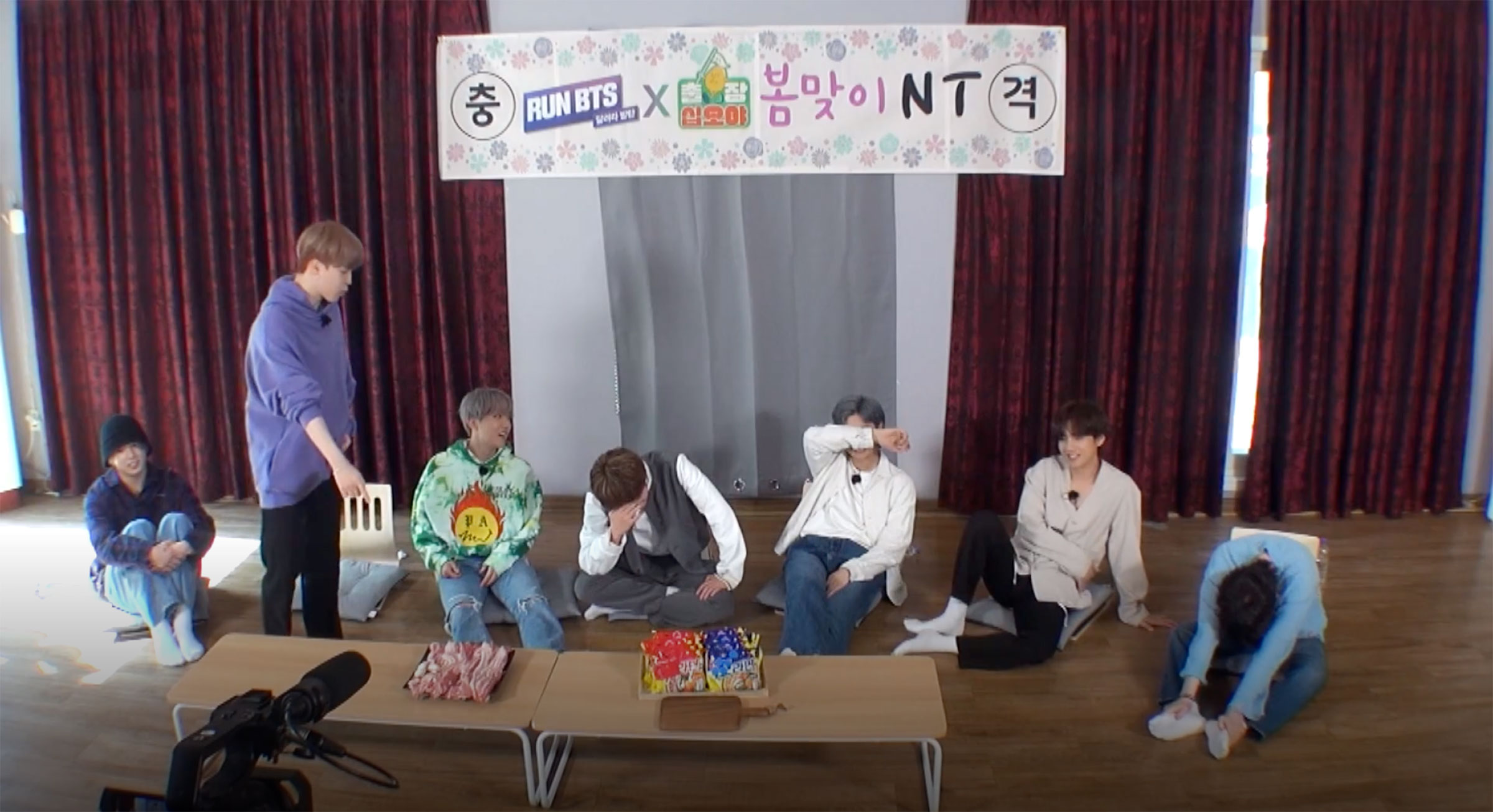
BTS created Run BTS in part so they wouldn’t have to rely too heavily on other variety shows for promotion, which makes “BTS Collaboration Variety Show” an outlier. It invites Game Caterers host Na Young Seok to lead a variety of iconic games. Na’s appearance surprises the band members, who are endearingly starstruck. The episode also offers insight into which American stars are famous in Korea, as BTS plays a game in which they must quickly identify various celebrities. This leads to the viral moment when J-Hope misidentifies Conan O’Brien as “Curtain,” a mistake O’Brien later goodnaturedly responded to on his show.
The four-episode run (two of the episodes appear solely on web series Game Caterers’ YouTube channel) is consistently great. But the highlight arrives in BTS x Game Caterers’ Episode 2, when the members are given secret challenges—such as peeling 100 quail eggs or inconspicuously slipping coins onto the other members’ persons—that they must complete in 30 minutes. The game quickly turns chaotic as members simultaneously attempt to complete their missions and sabotage the other members’ missions, without actually knowing what those missions are. It’s a reminder of how entertaining Run BTS is, and how much fun the members of BTS have together, even after more than eight years as a group.
Watch it here
“BTS Village: Joseon Dynasty” (Episodes 145-147)
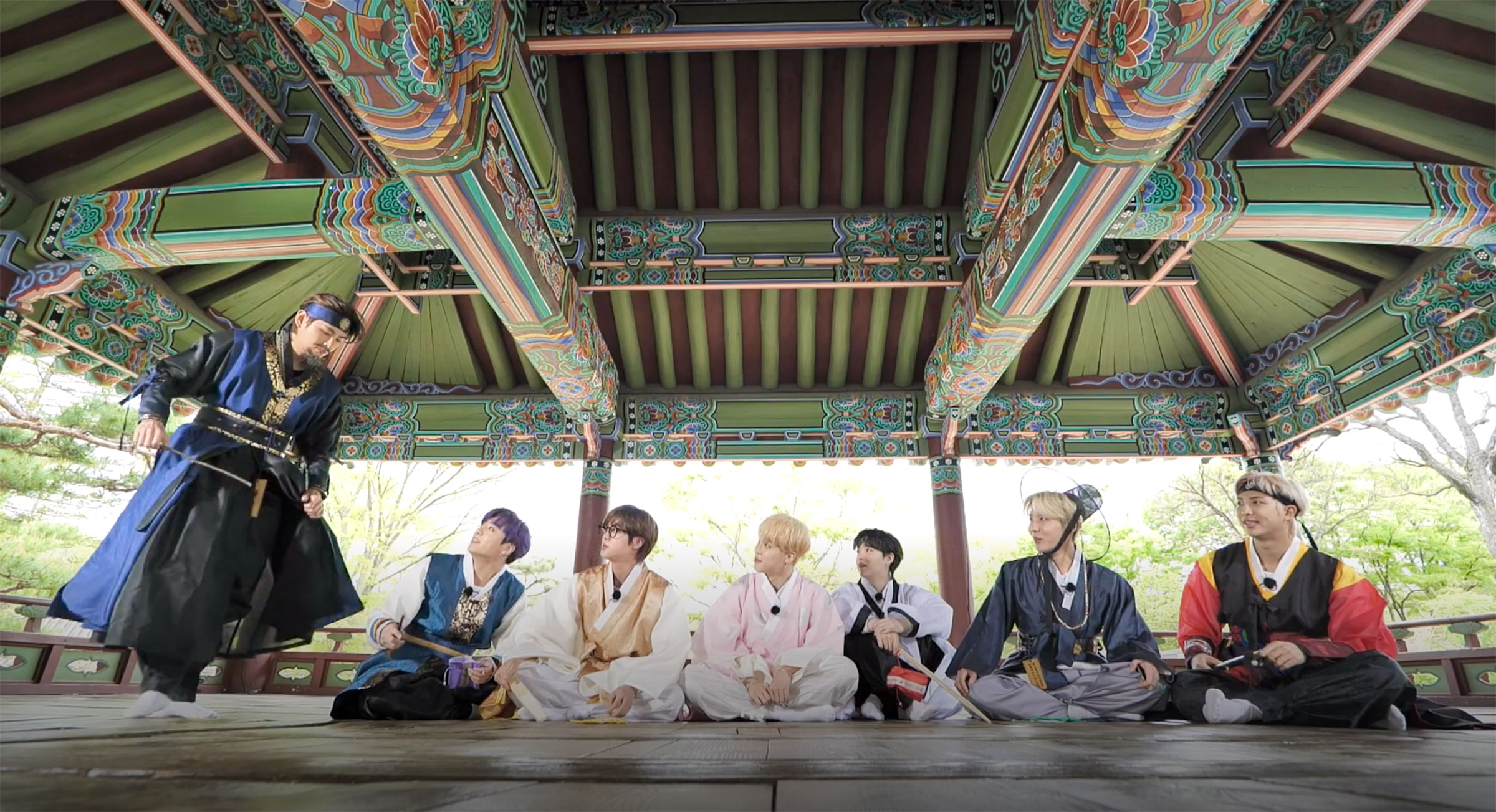
One of the most prevalent subgenres of Run BTS is Mafia, a social deduction game American viewers are probably familiar with from their own childhoods and/or game nights. BTS plays Mafia many times throughout the series, but “BTS Village: Joseon Dynasty” may be their most elaborate, aesthetic example, as it sees the members dressing up in traditional hanbok to wander around a living museum folk village in search of pieces of a broken MacGuffin. The episode is the conclusion of Run BTS’ larger “BTS Village” arc, which began in the present day in “Protect the Town” (Episodes 47-48) and continued in the 1970s in “Reply BTS Village” (Episodes 120-121) before sending the members even further back in time to the Joseon dynasty—yes, Run BTS arcs can involve time travel. After two episodes spent looking for clues and committing to various degrees to their Joseon-era characters, the BTS members spend an entire third episode trying to determine who has betrayed them. The result is one of the most passionate Mafia accusation discussions in Run BTS history.
Watch it here
More Must-Reads from TIME
- Donald Trump Is TIME's 2024 Person of the Year
- Why We Chose Trump as Person of the Year
- Is Intermittent Fasting Good or Bad for You?
- The 100 Must-Read Books of 2024
- The 20 Best Christmas TV Episodes
- Column: If Optimism Feels Ridiculous Now, Try Hope
- The Future of Climate Action Is Trade Policy
- Merle Bombardieri Is Helping People Make the Baby Decision
Contact us at letters@time.com